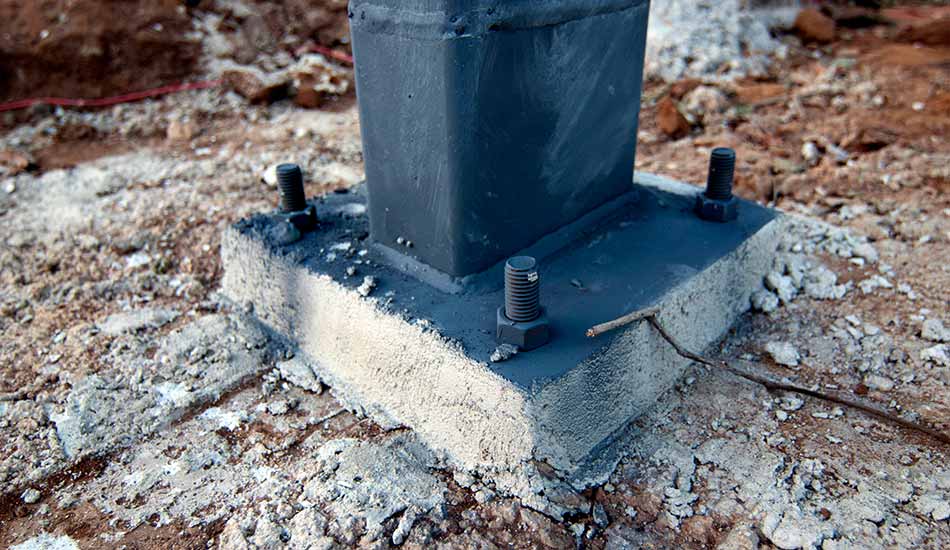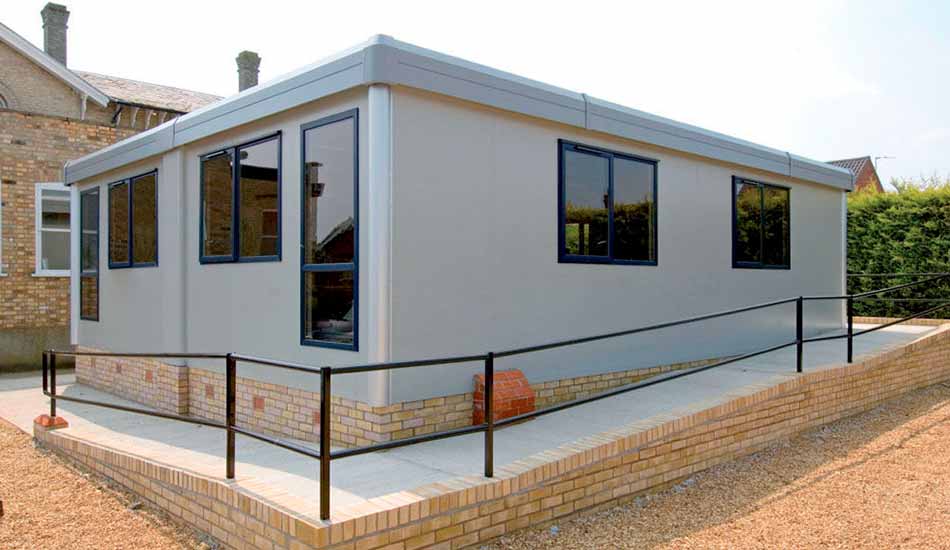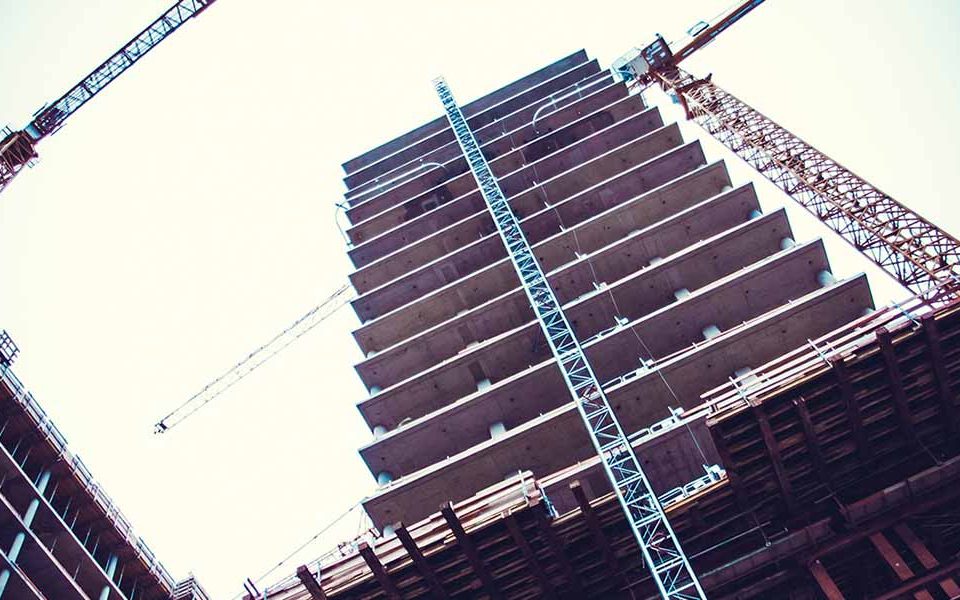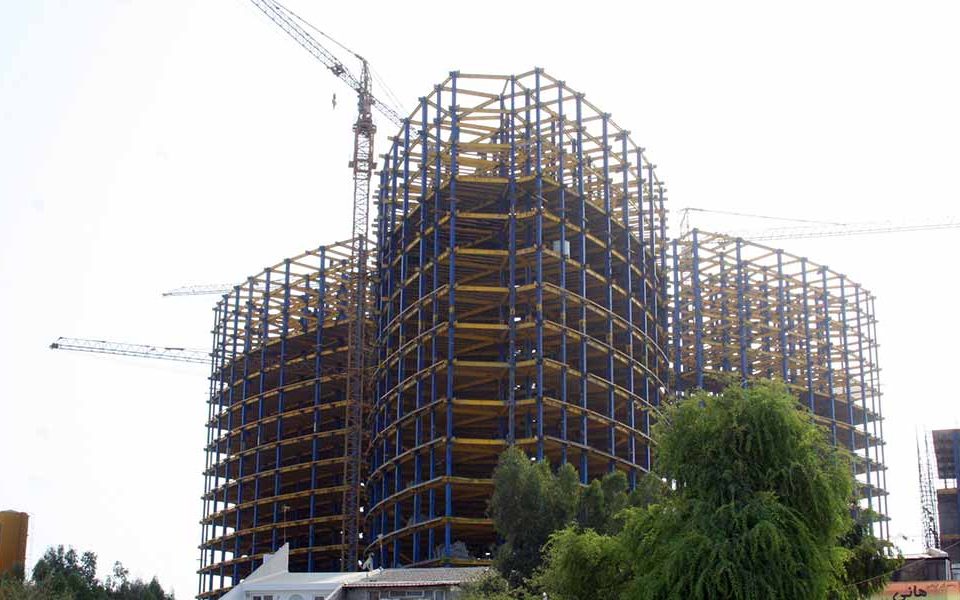One of the first steps before designing base of steel beams and placing them in the construction of steel structures is their location. Here we will continue the previous article.
Tips on the base of steel beams
Before placing the steel beams, they should be thoroughly cleaned with a wire brush and used when they have dried after painting or heating and coating with two layers of asphalt. Before covering each piece of beam with concrete, these steel sections must be carefully inspected, and wherever the paint has been scratched or lost its bitumen coating, the steel sections must be allowed to dry completely and reapply their coating.
Take whatever steps are necessary to protect the beams from rust, as unprotected steel will rust quickly, and if the steel beams enter the rusting process, they may cause the building to collapse in a short time. When steel and concrete beams were first used in railroad foundations in Chicago, it was because of their low cost and high transverse strength.
On the foundations, five or six layers of steel beams were placed at right angles to each other, each layer contracting, and finally the top surface should provide enough space for the pillar base. When each layer of steel beams was placed, a layer of concrete was placed between and around them, and when completed, the base resembled a simple concrete pier. The base under the Rand and McNally building (built in 1891) had this feature; five layers of steel beams were used in many parts of the base. In some bases, the top layer consisted of 30.5 cm beams.
But it was not cost-effective to build such a foundation in successive rows using steel compared to when two layers of deep beams were used. The large and flat beams prevented them from engaging with the concrete to create a composite cross section, as in the Ransome structure. Therefore, there was no dependence on concrete for weight distribution.
It should also be born in mind that steel beams expand the load due to their transverse strength on the ground, and therefore they should be used in the same way as in foundations, walls or columns to support the land loads.
When multiple beams are used in the upper layer, the load must be applied centrally to the beam in the outermost layer of the top layer, which is due to the rise in the lower beams. Therefore, the author recommends minimal use of support beams in the outer layer, so it is better to use one or two heavy and durable beams, in these lower layers, the use of deep beams is the most economical option.
If the beams in the lower layers are farther away from their height, a layer of steel beams should be placed on top of the concrete to prevent the beams from breaking. However, steel beams do not in any way contribute to the bearing pressure or bending of the main beams. We hope you have taken full advantage of this article, you can always call us to know the shed price.






